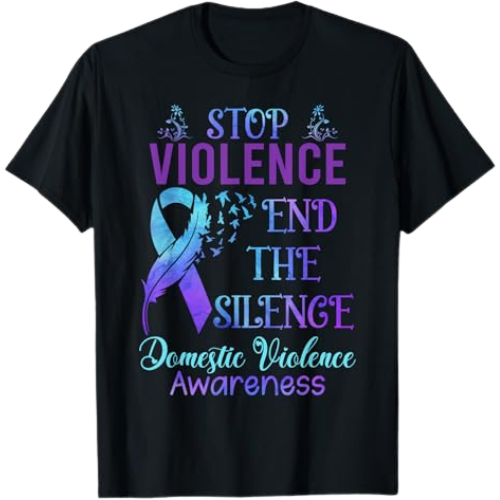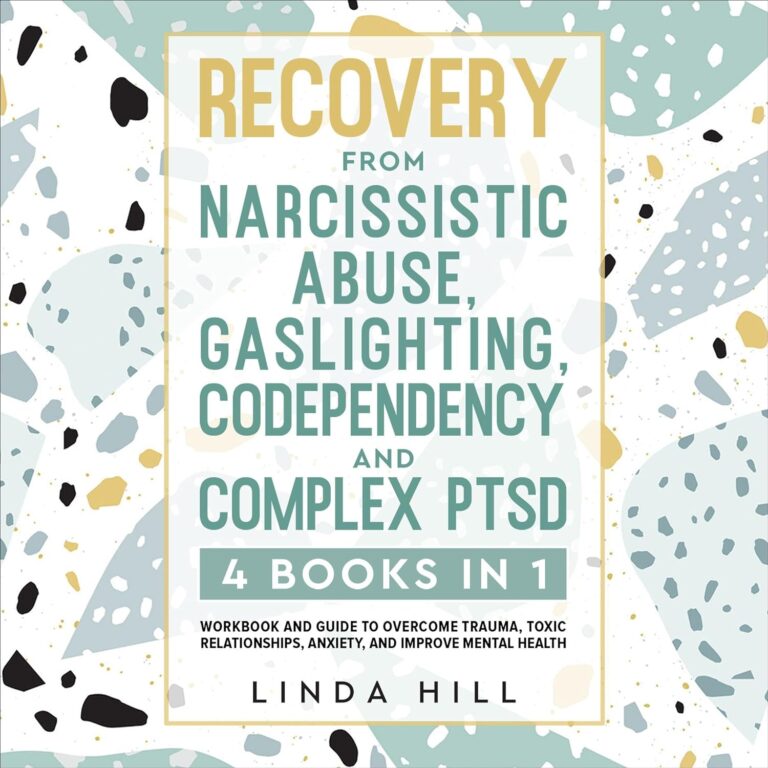Domestic violence isn’t just a private issue—it’s a societal problem that requires community-based solutions. Raising awareness, supporting survivors, and holding abusers accountable are crucial steps toward ending the cycle of abuse.
Ways Society Can Help:
- Education: Schools and community organizations can educate people about the warning signs of domestic violence and promote healthy relationships.
- Intervention: Neighbors, friends, and family members can intervene by offering support, helping victims find resources, and reporting abuse when necessary.
- Advocacy: Support organizations that advocate for domestic violence victims, whether through donations, volunteer work, or attending awareness events.
- Reporting abuse: If you suspect someone is being abused, don’t stay silent. Call the authorities or offer resources discreetly to the person in need.
When communities come together to address domestic violence, they create a safer environment for everyone, particularly the most vulnerable.



